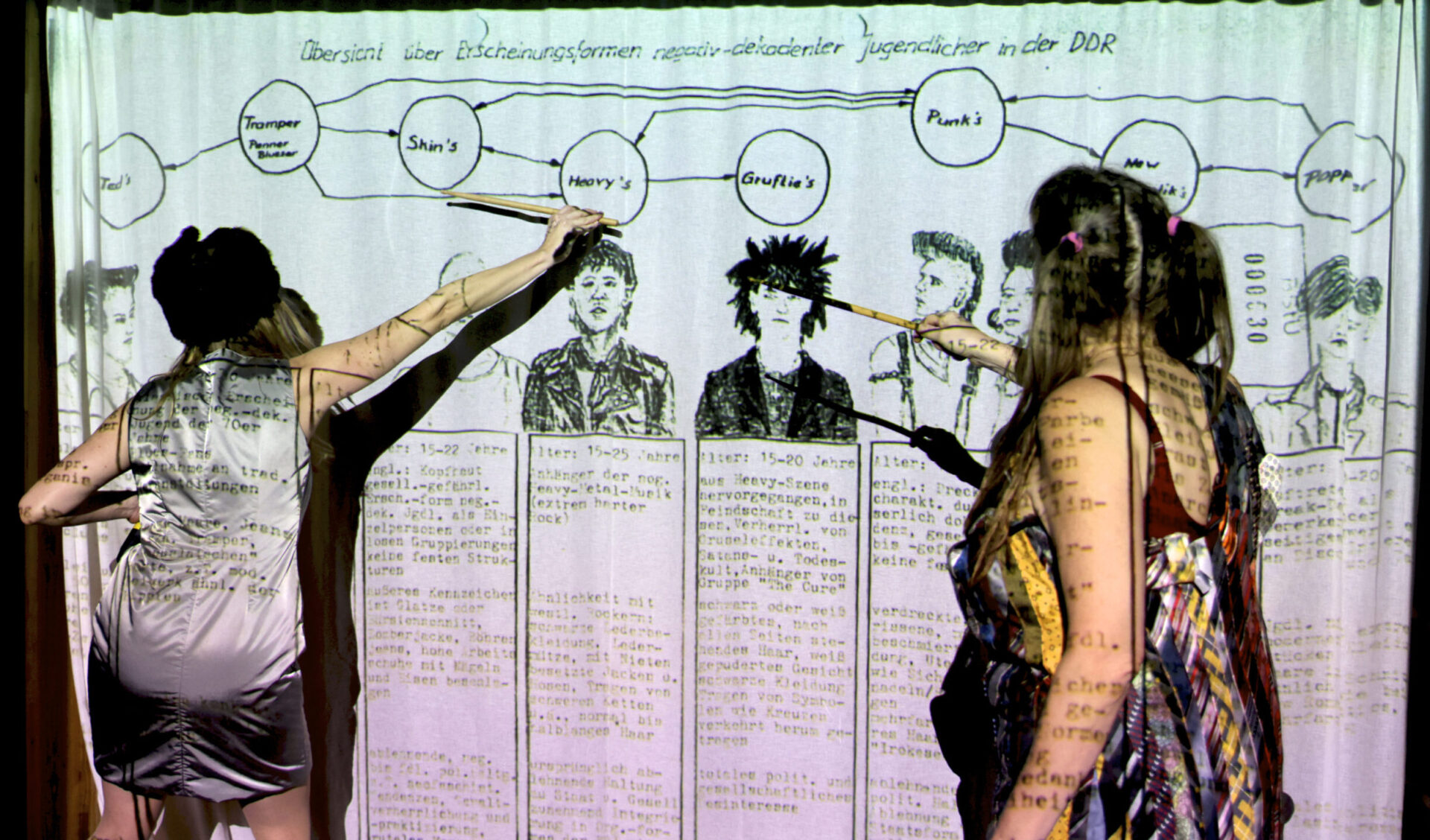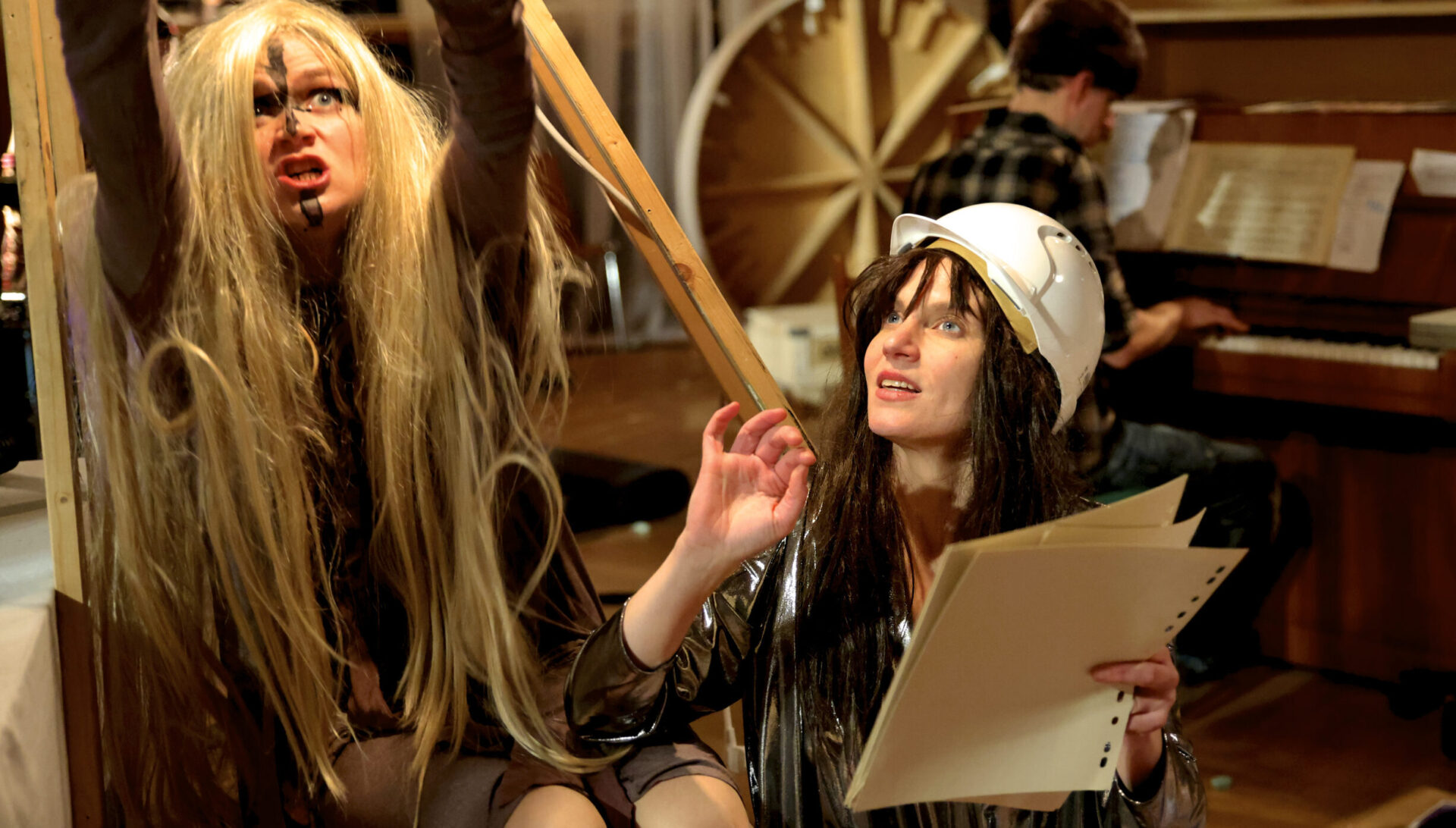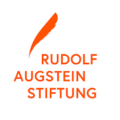The musical lecture performance »Linke Hände« is dedicated to various positions of female artists in the GDR on ideals and ideology, repression and the reality of their country. It tells of the possibilities, decisions and lives of these artists, follows in their footsteps and into their work, is a documentary, declaration of love, punk concert, question time and essay all in one.
An important foil is Brigitte Reimann’s strongly autobiographical novel character Franziska Linkerhand – the young architect who wants to build liveable cities and dwellings and fails. Her contradictions between artistic and human ideals and disillusionment are reflected in a radical and unique way in the work of oppositional female artists of the seventies and eighties such as Gabriele Stötzer and Cornelia Schleime. Their transgressive, visual art took place in close proximity to music projects, political engagement, punk and fashion undergrounds.
The music theater collective Hauen und Stechen developed its works in cellars and on opera stages. It stands for a poetic, multifaceted and wild theatrical language that marks a political and idiosyncratic position in music theater. For this special evening of lectures at Ballhaus Ost in Berlin-Prenzlauer Berg, the collective invites the GDR punk formation Rosa Beton onto the stage and gives almost forgotten works – texts, pictures, actions, film art – and biographies a platform from which to explore the peculiarities and idiosyncrasies of artistic creation in the GDR. Rosa Beton developed from a two-man band of 80s avant-garde punk into a cross-genre project with electronic soundscapes that broke all boundaries in the East German underground.
N O T E :
CONTENT NOTES
The performance includes the depiction of nudity and loud pop music. Smoking takes place on stage.
There are moments when white bodies are painted with black colour. This is done as a quotation and artistic means in reference to the work and themes of the artists who are the subject of this evening and not in reference to black / racialised bodies. This process, regardless of context and intent, can potentially evoke memories of blackfacing practices and the associated history and experience of racism and racialised violence. If necessary, this content note serves to protect affected people from exposing themselves to these stimuli.






